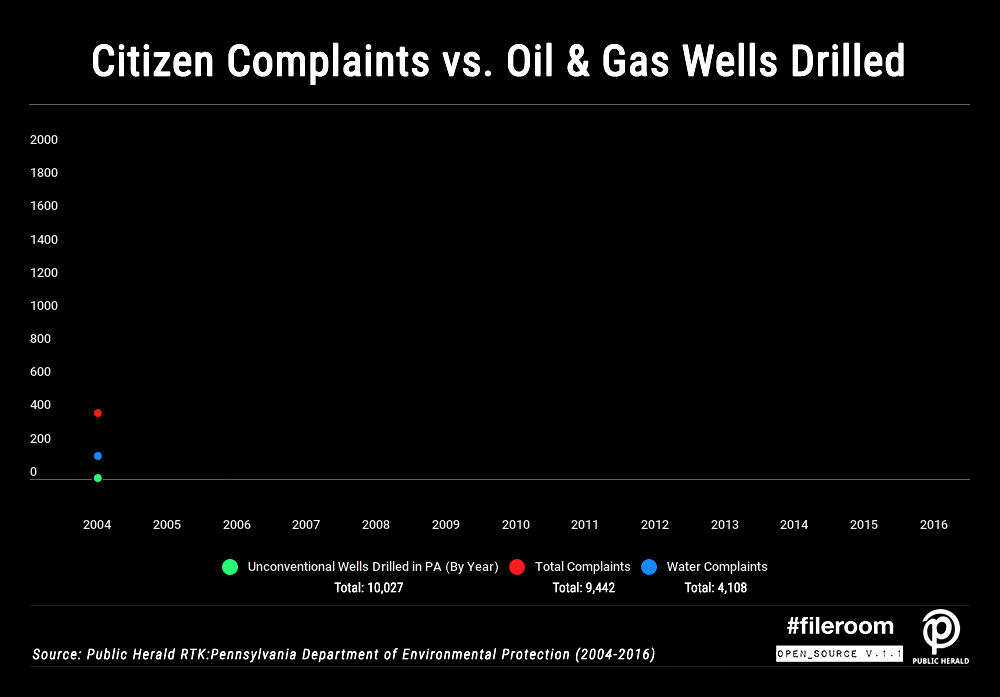

The impacted water wells shared that same fingerprint, while local, uncontaminated water wells did not. All of the fracking water samples had a similar fingerprint (which is good). The testing allowed the researchers to fingerprint the water samples based on the many faintly present organic compounds they contained. For comparison, they also got 30 samples of water used to frack gas wells in the area-though they didn’t have any samples from the suspect gas wells near the affected homes. They subjected water samples collected during the investigation to a type of testing capable of revealing many more compounds, even at concentrations lower than one part per trillion.

Nothing much was detected beyond the methane (which is an explosion risk but not otherwise a health hazard), leaving the foam a mystery.Ī group of Penn State researchers led by environmental consultant Garth Llewellyn (who worked for the affected homeowners during their lawsuit) decided to turn some bigger analytical guns on the question. AdvertisementĮven so, the water well tests didn’t yield unambiguous evidence of how they were contaminated. After replacement water wells had the same problems, the company eventually bought out the homes as part of a settlement with the owners. The Pennsylvania Department of Environmental Protection tested the affected wells, inspected the gas wells, and determined that the gas company (Chesapeake Appalachia LLC) was culpable. Over several months leading up to this, ten gas wells had been drilled and fracked within a couple kilometers of these homes. One of the water wells had even been tested before the gas drilling began, and there were no signs of methane. Methane sometimes makes its way into wells without help from humans and can go unnoticed until proper sampling takes place, but the concentrations here were pretty high. (A nearby river even began bubbling a few months later.) Methane was seeping up-in one case accumulating to levels that necessitated evacuating a home due to the explosion risk-and the wells were muddy and foaming. In the summer of 2010, three nearby homes in northeast Pennsylvania started having disturbing problems with their water wells. Still, we occasionally get a relatively simple case, even if its broader implications are minimal. And the practice has been scrutinized at a level we haven’t subjected conventional oil and gas production to, meaning we might be discovering problems that are common to other techniques. Regulations governing fracking vary from state to state, too. Geology differs from place to place in important ways that have to be taken into consideration when analyzing water. Lots of information and claims fly around, but there's little in the way of an established framework to help make sense of them.Ĭlaims that fracking has contaminated water can be difficult to resolve, and some turn out to be unrelated to fracking. Public arguments about fracking (at least among those who have heard of the natural gas production technique) have become contentious-a situation not helped by the technical and complicated topic.


 0 kommentar(er)
0 kommentar(er)
